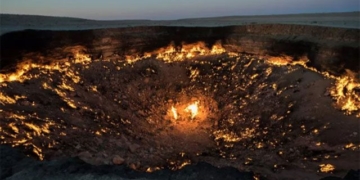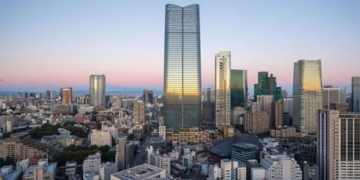Biosphere 2 is one of the world’s leading environmental conservation research centers and is the largest closed ecosystem ever created.
Have you ever wondered what life would be like on Mars or the Moon? Or how scientists are working to protect coral reefs from climate change? If you are curious about these topics, you might want to visit Biosphere 2, which is one of the best environmental conservation research centers in the world and the largest closed ecosystem ever created.
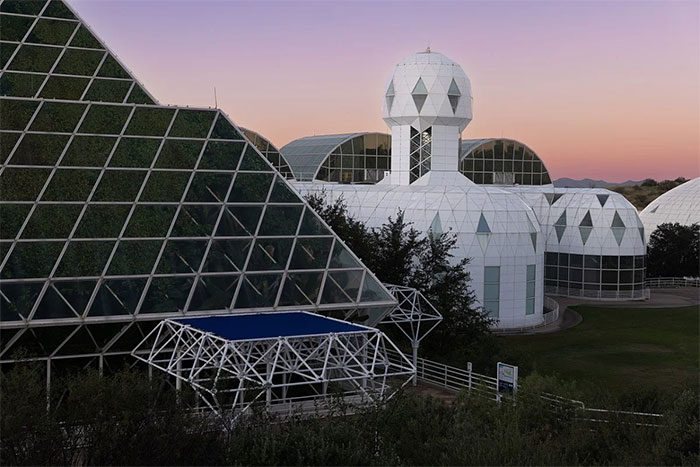
Inside the dome, there are various ecosystems simulating the natural environment of Earth. (Illustrative photo).
Biosphere 2 is a massive glass dome spanning 3.14 acres (1.27 hectares) located in Oracle, Arizona, USA. Inside the dome, there are different ecosystems that simulate the natural environment of Earth, including tropical rainforests, grasslands, deserts, and wetlands. However, perhaps the most remarkable feature of Biosphere 2 is its artificial ocean and space exploration habitat.
Constructed from 1987 to 1991, Biosphere 2 was originally intended to demonstrate the feasibility of closed ecosystems that could support human life in outer space. It houses diverse biomes, living quarters, agricultural areas, and working spaces to study the interactions between humans and nature with a group of individuals living inside completely isolated from the outside world.
Biosphere 2 consists of 7 biome areas: a 1,900 square meter tropical rainforest, an 850 square meter ocean with coral reefs, a 450 square meter mangrove wetland, a 1,300 square meter grassland, a 1,400 square meter fog desert (a type of desert where fog drips provide most of the moisture needed for animal and plant life), a 2,500 square meter agricultural system, and a human habitat with living spaces, laboratories, and workshops.
The facility’s technical infrastructure, including heating and cooling systems, uses independent piping and passive solar energy through glass space frames. Power is sourced from an on-site natural gas energy center.
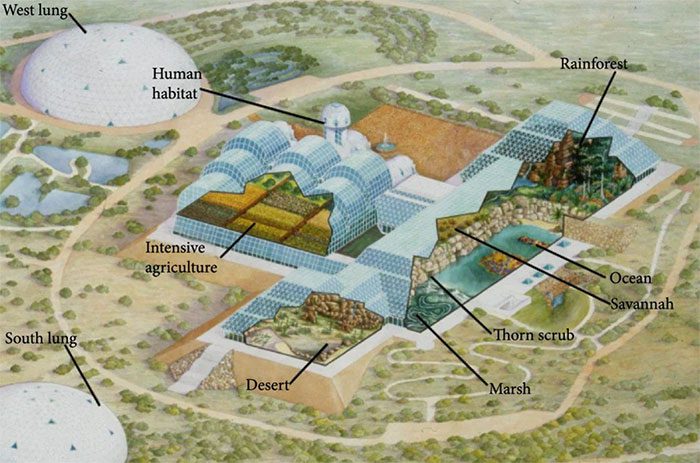
Biosphere 2 features diverse biomes, living quarters, agricultural areas… (Illustrative photo).
Biosphere 2 has only served its original closed system experiment twice: from 1991 to 1993 and again from March to September 1994. The first experiment of Biosphere 2 (essentially meaning participants would be sealed inside the glass dome for two years) involved a team of eight and was designed as a precursor to understanding closed biospheres for space colonization by manipulating and researching a small biosphere system without harming Earth’s biosphere.
The first mission of Biosphere 2 faced numerous issues and miscalculations, including unexpected condensation in the “desert,” an explosion of ant and cockroach populations, excessive growth of water spinach in the rainforest area, and less sunlight than anticipated.
The construction of Biosphere 2 itself posed challenges, such as managing water areas to respond to waves and tides. Engineers devised innovative solutions, such as vacuum pumps to gently handle waves and advanced heating and cooling systems to minimize gas emissions and discharge harmful substances to protect the life of Biosphere 2.
After the first mission of Biosphere 2, extensive research and system improvements were made, including sealing concrete to prevent carbon dioxide absorption. The second mission began in March 1994. However, disputes within the management team led to conflicts. Crew members were accused of sabotaging the project from the outside by opening vents and exits, causing a 10% air exchange with the outside, thus changing the experiment from a closed ecosystem to a “flow” system. Mission 2 ended early in September 1994, followed by a civil lawsuit.
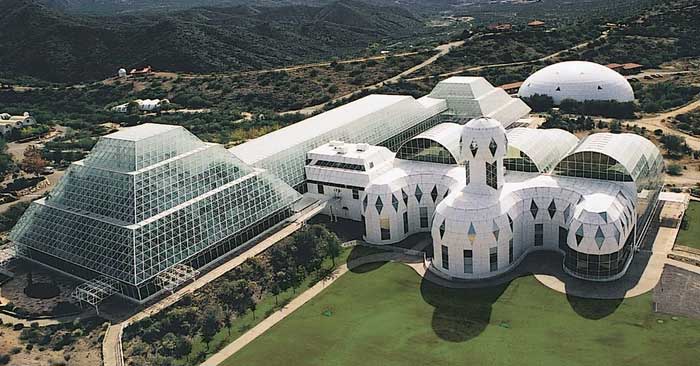
Currently, Biosphere 2 serves various research purposes
Despite all these challenges, the two experiments set world records for closed ecosystem systems, agricultural production, improved health, and deep insights into complex biological systems and atmospheric dynamics. The second experiment also achieved a full food yield without needing to pump oxygen.
At the present time, Biosphere 2 serves various research purposes and plays a crucial role in studying how ecosystems respond to climate change, providing deep insights into the potential impacts on the planet. Additionally, Biosphere 2 serves as a testing ground for sustainable living technologies, exploring methods for pesticide-free food development, waste recycling, and renewable energy production.
The artificial ocean of this facility is a reservoir of live coral reefs and marine organisms. It is used to study how coral reefs respond to changes in temperature, acidity, and pollution. Researchers hope to discover ways to conserve and restore these critical ecosystems threatened by global warming and human activities.
The space exploration habitat is a simulated base on Mars or the Moon that can accommodate up to 6 people for extended periods. It is designed to test how humans could survive and thrive in harsh and isolated conditions. NASA has utilized this habitat to train astronauts and conduct experiments for future missions to Mars and the Moon.
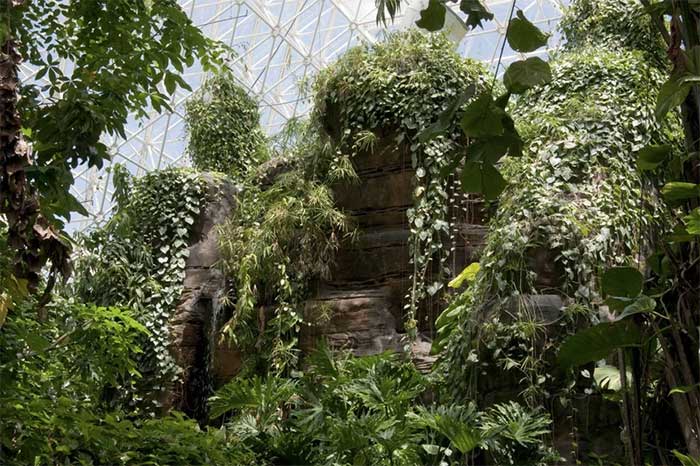
Biosphere 2 is not only a scientific research site but also a tourist attraction and educational center. Visitors can participate in guided tours of the dome and learn about the history, purpose, and challenges of Biosphere 2. They can also engage in interactive activities and exhibitions that teach them about ecology, sustainability, and space exploration. The facility also contributes to educating the public about Earth science, offering diverse programs to highlight the importance of the biosphere and the challenges in conserving it.


















































